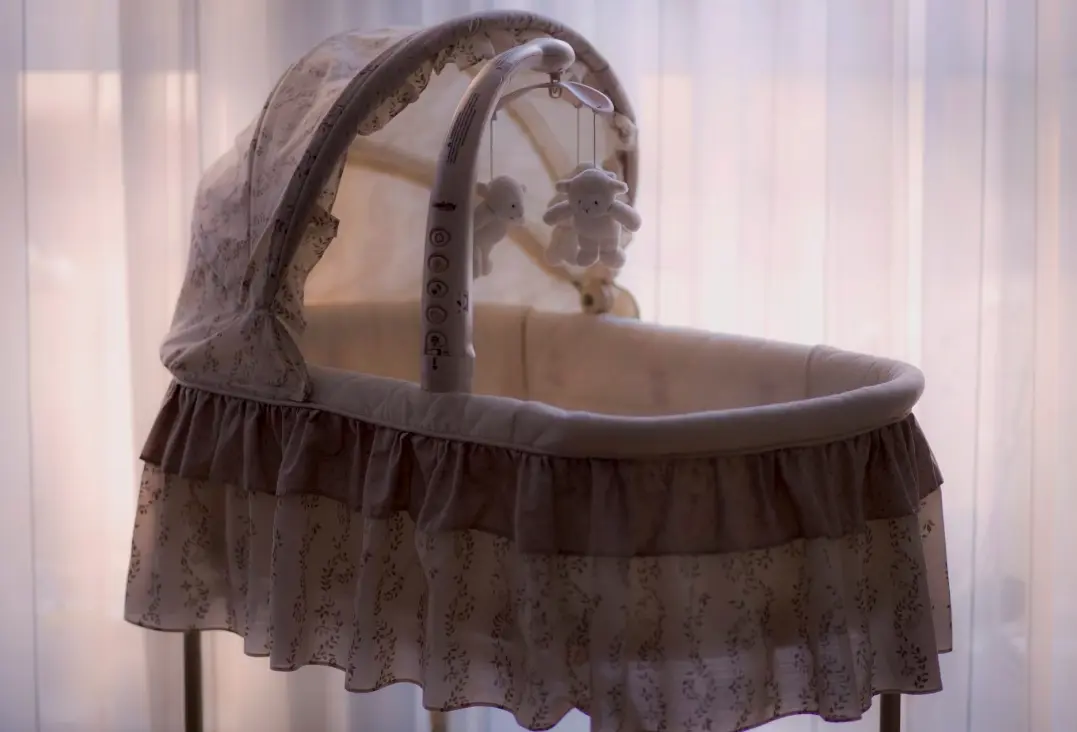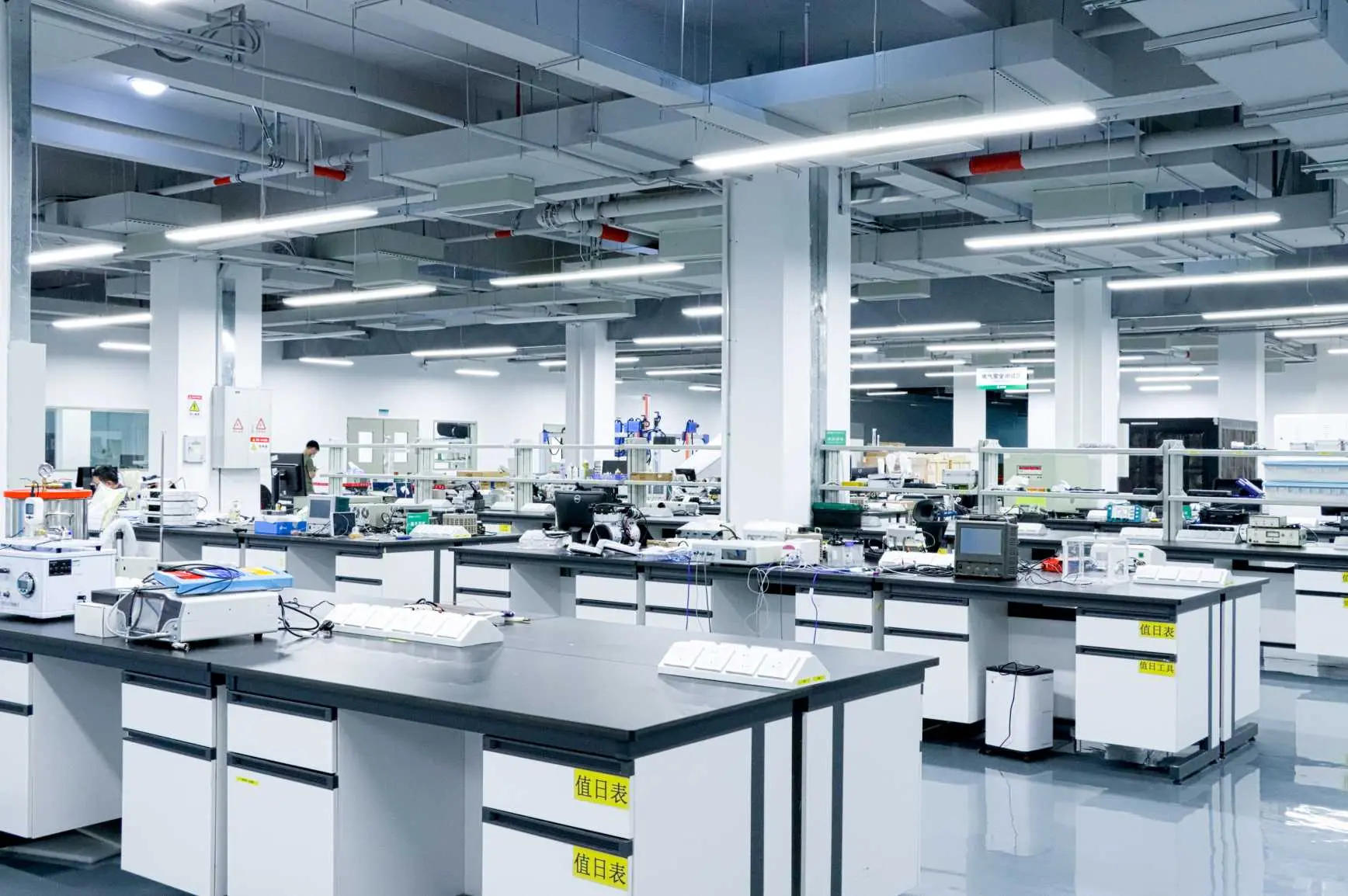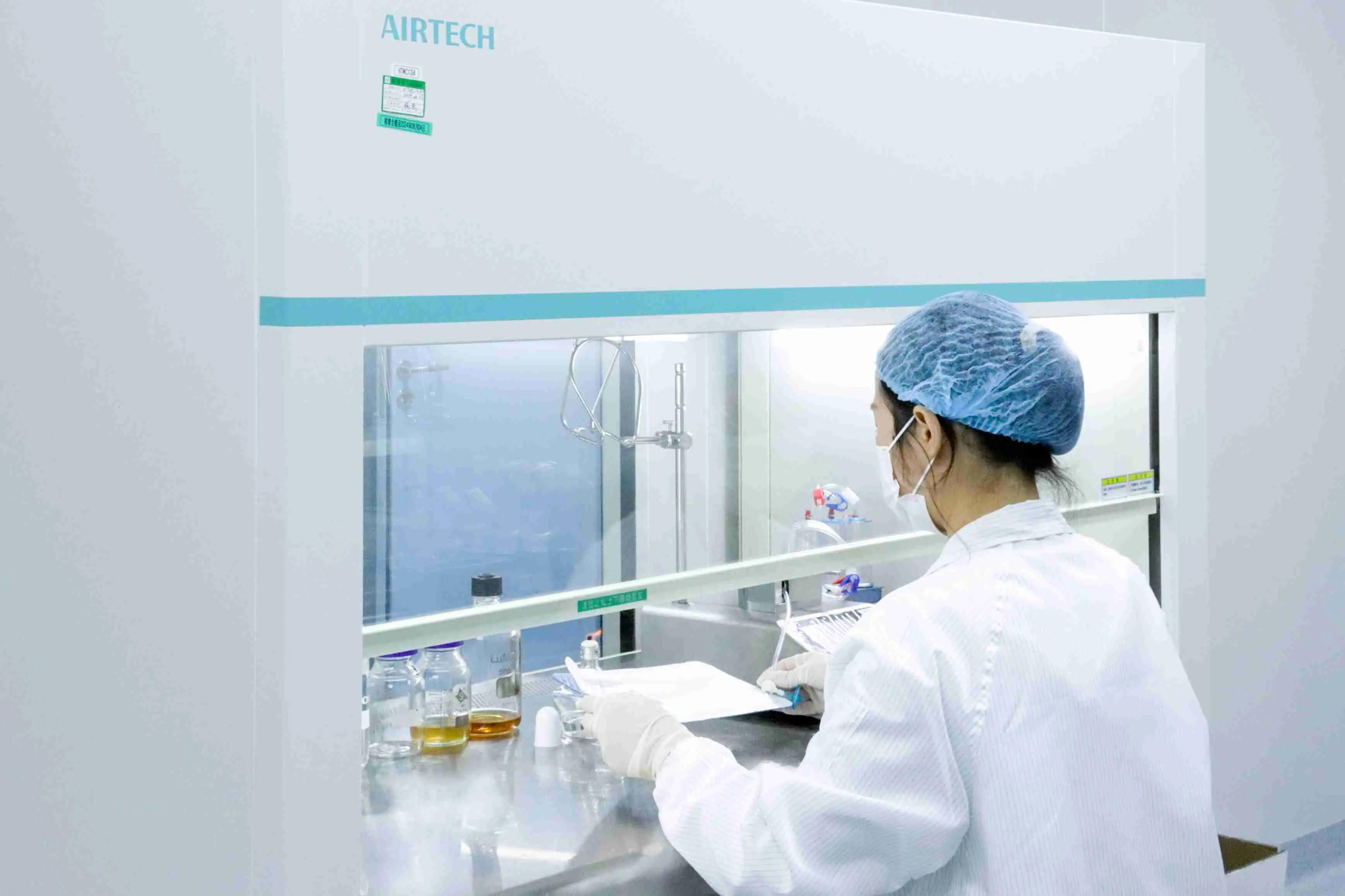
Type-C Charger Compliance Certification
Currently, the standardization of Type-C interfaces has become a global trend. To reduce electronic waste, conserve resources, and enhance consumer convenience, the European Union has taken the lead in passing and implementing the Common Charger regulation, which mandates the use of Type-C charging interfaces for electronic devices. Other regions, such as Saudi Arabia, California (USA), and India, have also introduced relevant regulations with clear implementation timelines and requirements.
Regulatory Requirements for Type-C Chargers by Country/Region
1. European Union (EU)
- Regulation Name: Directive (EU) 2022/2380 (Common Charger Directive)
- Implementation Date: December 28, 2024 (Laptops: April 28, 2026)
- Applicable Products:
Mobile phones, tablets, digital cameras, headsets, earphones with microphones, handheld gaming consoles, portable speakers, e-readers, keyboards, mice, portable navigation systems, in-ear earphones, and laptops (13 product categories in total).
- Core Requirements:
1. Devices must include a USB Type-C female port that complies with EN IEC 62680-1-3, and the entire device must pass the functional protocol test.
2. Devices supporting charging above 5V, 3A, or 15W must be compatible with the USB PD fast charging protocol (EN IEC 62680-1-2).
3. Products may be sold with or without a charger but must specify charging capability.
- Labeling Requirements:
Indicate power range, whether PD fast charging is supported, and whether a charger is included.
2. Saudi Arabia
- Regulation Name: SASO IEC 62680-1-2:2023, SASO IEC 62680-1-3:2023
- Implementation Date: January 1, 2025
- Applicable Products:
Mobile phones, headphones, computers, and other electronic devices (based on relevant customs codes).
- Core Requirements:
1. Devices must include a USB Type-C female port that complies with EN IEC 62680-1-3, and the entire device must pass the functional protocol test.
2. Devices supporting charging above 5V, 3A, or 15W must be compatible with USB PD fast charging (EN IEC 62680-1-2).
3. Products may be sold with or without a charger.
- Labeling Requirements:
Indicate power range, PD fast charging support, and whether a charger is included.
3. South Korea
- Regulation Name: "Technical Standards for Terminal Equipment," "Technical Standards for Charging and Data Transmission of Mobile and Smart Devices"
- Implementation Date: February 14, 2025 (Laptops: April 1, 2026)
- Applicable Products:
Mobile phones, tablets, digital cameras, headphones, headsets, portable gaming controllers, portable speakers, e-readers, keyboards, mice, portable navigation devices, in-ear earphones, and laptops.
- Core Requirements:
1. Devices must include a USB Type-C female port compliant with EN IEC 62680-1-3 and pass the corresponding functional protocol test.
2. Devices supporting charging above 5V, 3A, or 15W must be compatible with USB PD fast charging (EN IEC 62680-1-2).
4. India
- Regulation Name: IS/IEC 62680-1-2:2022, IS/IEC 62680-1-3:2022
- Implementation Date: June 2025 (Laptops: End of 2026)
- Applicable Products:
Smartphones and tablets.
- Core Requirements:
1. Devices must include a USB Type-C female port compliant with EN IEC 62680-1-3 and pass the functional protocol test.
2. Devices supporting charging above 5V, 3A, or 15W must be compatible with USB PD fast charging (EN IEC 62680-1-2).
5. California, USA
- Regulation Name: California Bill AB-1659
- Implementation Date: January 2026
- Applicable Products:
Small electronic devices (excluding second-hand and very small devices).
- Core Requirements:
1. Devices must include a USB Type-C female port compliant with EN IEC 62680-1-3 and pass the functional protocol test.
2. Devices supporting charging above 5V, 3A, or 15W must be compatible with USB PD fast charging (EN IEC 62680-1-2).
6. Other Countries Under Development
- China: Currently developing Type-C standardization regulations, expected to be implemented in the coming years.
- Brazil: Type-C standardization regulations are under development, expected to be implemented in 2025.
- Australia: Developing Type-C standardization regulations, expected to be implemented in the coming years.
Recommendations from JJR Laboratory China
To ensure smooth entry into global markets, companies should proactively align their products with Type-C standardization regulations in various regions.
JJR Laboratory China has advanced testing facilities and expertise to evaluate whether wireless devices' Type-C interfaces meet EN IEC 62680-1-3 and EN IEC 62680-1-2 standards. We ensure product safety, stability, and reliability.
We provide one-stop certification services for:
- EU RED
- US FCC
- Canada ISED
- Japan MIC
- South Korea KC
- Australia SAA
For further inquiries, feel free to contact us.
Email:hello@jjrlab.com
Write your message here and send it to us
 Children's Bicycle and Helmet Testing
Children's Bicycle and Helmet Testing
 EU Toy Compliance Certification
EU Toy Compliance Certification
 Children's Jewelry Compliance Certification Testin
Children's Jewelry Compliance Certification Testin
 Children and Baby Products Testing Laboratory
Children and Baby Products Testing Laboratory
 Infant and Toddler Products CPC Certification (Ama
Infant and Toddler Products CPC Certification (Ama
 Certification Testing for Children's High Chairs
Certification Testing for Children's High Chairs
 Children's Stroller Compliance Certification Testi
Children's Stroller Compliance Certification Testi
 China Mask Certification Testing Laboratory
China Mask Certification Testing Laboratory
Leave us a message
24-hour online customer service at any time to respond, so that you worry!




